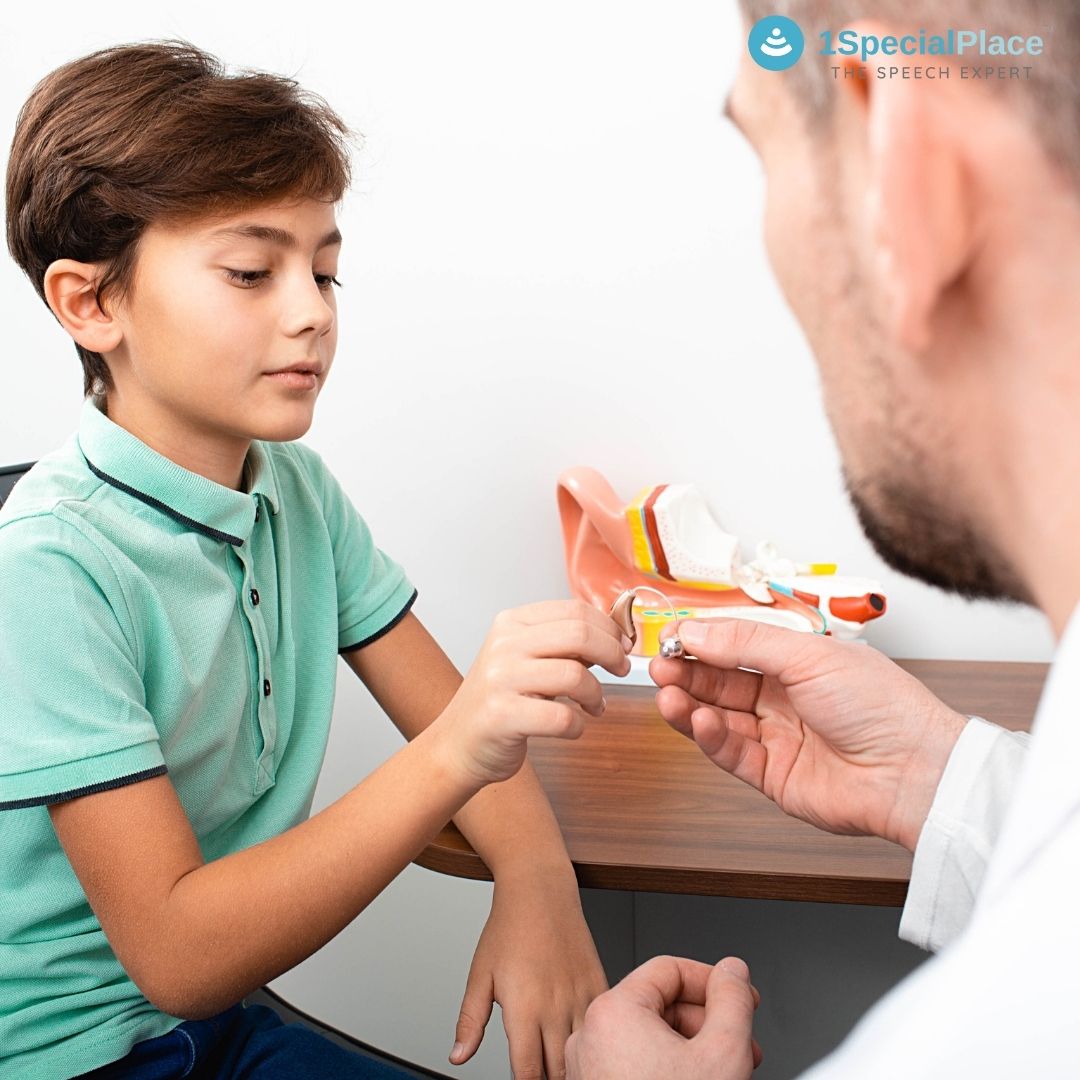
Hearing Aid Tips for children
Hearing Aid Tips for children
Paediatric hearing aids, Speech and Language development happens at a very fast rate during the first few years of every child’s life. On an average, 2% of children are born with congenital hearing loss every year in India. Childhood Hearing Impairment is the leading cause of communication delays in children. When a child is diagnosed with Hearing Impairment, every parent’s concern is “Will my child be able to hear and speak?” The answer is “Yes, of course” provided the child gets access to timely and early hearing intervention.
“The earlier a child begins to hear sounds, the faster he/she will learn to communicate.”
- If you suspect that your child does not respond to name call or react to environmental sounds, please seek advice from a Speech and Hearing professional.
- Do not wait and watch as your child is missing out on those precious years of communication development
What are hearing aids for children?
Every hearing aid has an inbuilt microphone that picks up sounds, receiver that delivers sounds inside the ear, a battery compartment and a volume control. Advance technologies allow hearing aids to pair with smart phones, television and other electronic gadgets. The following lists some points about hearing aids for children:
- Hearing aids for children are more durable and are resistant to wear and tear.
- They give maximum gain over many frequencies to enable a child to hear well.
- They provide better directionality such that the child can hear sounds from all sides.
- Most of these hearing aids have a safety loop to protect it from falling while the child plays.
- They are available in bright attractive colors.
How early can my child wear hearing aids?
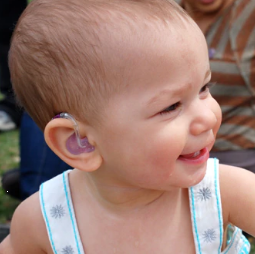 Once all the audiological tests are completed and hearing loss is diagnosed, intervention can be initiated immediately. Children can be fitted with hearing aids as early as 6 months old. As the child grows, constant professional guidance by an Audiologist will be required to monitor hearing aid benefits and maintenance.
Once all the audiological tests are completed and hearing loss is diagnosed, intervention can be initiated immediately. Children can be fitted with hearing aids as early as 6 months old. As the child grows, constant professional guidance by an Audiologist will be required to monitor hearing aid benefits and maintenance.
“Once hearing impairment is detected, the child may have to wear hearing aids life long.”
- Please keep in mind; hearing aids are your child’s ears, without which he/she may not be able to hear!
Paediatric hearing aids
Which hearing aid will benefit my child?
A qualified Audiologist will decide which hearing aid will best suit a child based on the following aspects;
- Type and degree of hearing loss
- Hearing needs of the child
- Durability of the hearing aids
- Compatibility with other devices
Paediatric hearing aids
For young children and babies, an Audiologist will always recommend a bilateral hearing aid (hearing aid fitting in both ears) in case of hearing loss in both ears. Bilateral hearing aids are the best choice for a developing child as it provides maximum benefit. Listening from both ears helps the child to develop communication faster and aids in detecting sounds from all directions.
An audiologist may also recommend a Behind-the-ear (BTE) hearing aid for children. BTE hearing aids are advised due to their durability, low maintenance and supreme quality of sound amplification.
“Always choose digital hearing aids as they are the best choice for any child with hearing impairment.”
- Digital hearing aids are the newest in technology and can be programmed to suit a child’s needs.
- They have advanced technology which enables them to connect to any external device such a television, tablet or a phone. By this, the child will never miss out on listening to his favorite rhymes or stories online.
First hearing aid fitting session:
Once the hearing aids are selected, you may fix an appointment with your audiologist for the fitting session. This appointment may last up to 2 hours, so prepare your child in advance and carry snacks along. During the session, your audiologist may do the following:
- Un-box the hearing aids and will explain the functioning and use of the device.
- Provide you with a user manual, maintenance tips and simple troubleshooting steps.
- Connecting the hearing aids to external devices such as a Bluetooth microphone etc.
- Program the hearing aids as per the audiogram.
- Fitting the hearing aids in the child’s ear.
- Testing the auditory responses of the child after switching on the device.
“You can test your child’s responses by noticing your child’s behavior changes (cries, widens eyes, head turn) when you clap or make animal sounds near him/her.”
Your audiologist may recommend follow up appointments to re-program and monitor the hearing aid performance.
What are ear moulds?
Ear moulds are silicon based ear impressions that are taken for every child wearing a hearing aid. These moulds are custom made by taking an ear impression. Ear moulds help to deliver sounds into the ear without interruption and also fit snugly inside the ear of the child.
After hearing aid fitting:
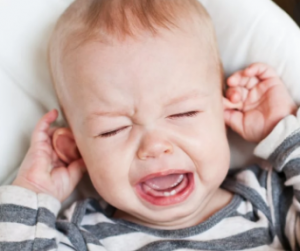 Once the hearing aids are fitted, every parent thinks, “How am I going to get my child to wear the hearing aids all the time?” Here are some tips to help you:
Once the hearing aids are fitted, every parent thinks, “How am I going to get my child to wear the hearing aids all the time?” Here are some tips to help you:
- Have the child wear the device for a few hours during a fun activity and then slowly increase the wearing time over the next few weeks.
- Distract your child with his/her favorite toy while putting on the hearing aid.
- Let the child get used to wearing the ear moulds first, and then you can slowly introduce the hearing aids.
- Reward your child whenever he/she wear the aids.
- Safety loops or huggies can be attached to the hearing aids to prevent them from falling.
Will hearing aids benefit my child?
Parents often wonder when their child will begin talking. Once a child is fitted with hearing aids, he/she begins to hear environmental sounds first.
“After hearing aids are fitted, it is mandatory to enroll the child for Auditory Verbal Therapy or Speech and Language Therapy sessions.”
For the first few months, the child will hear and experience all the sounds and slowly begin to understand sounds and words. Speech and Language Therapy will facilitate faster development of speech, language and auditory skills.
For more ideas check out our other blogs
- Tele-Speech Remediation of Stuttering: A Case Study - April 22, 2023
- Voice Changes During Puberty in Teenagers - April 11, 2023
- Vital Stim Therapy for Swallowing Difficulty - April 4, 2023

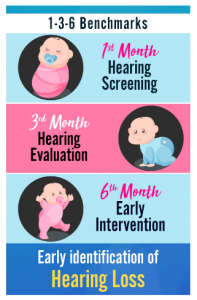
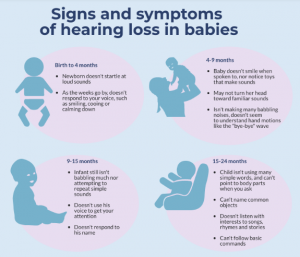

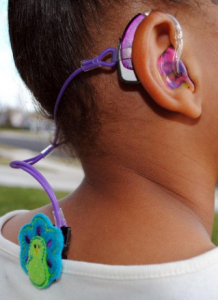
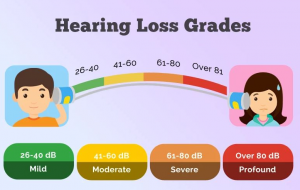
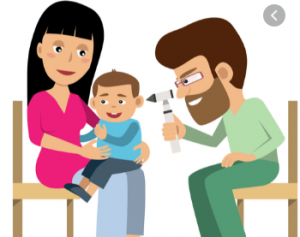
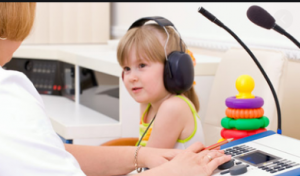


Leave a Comment
(0 Comments)